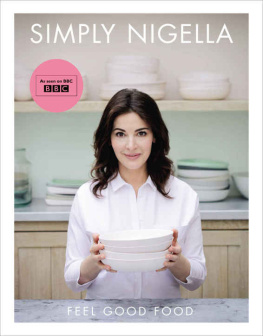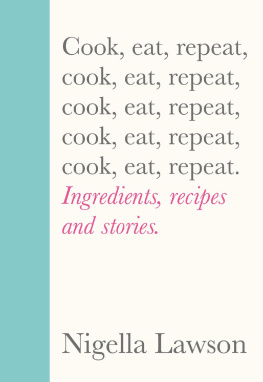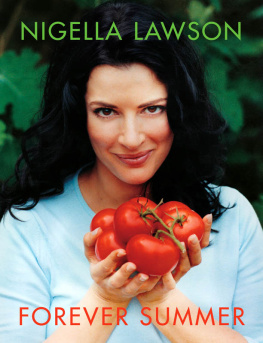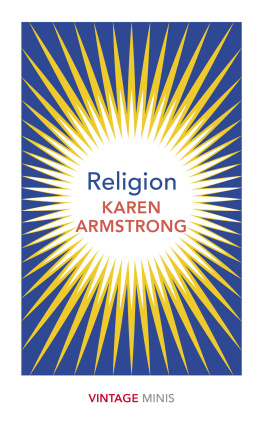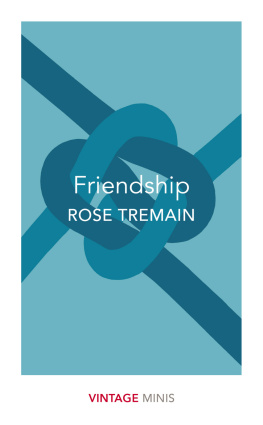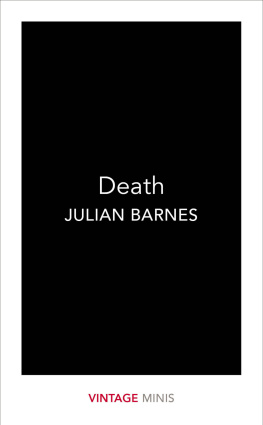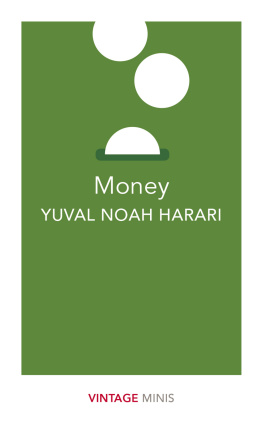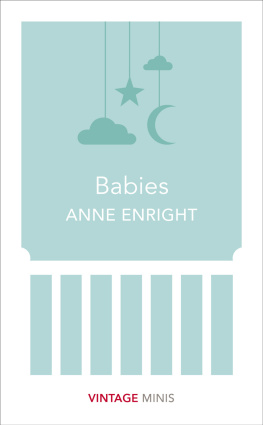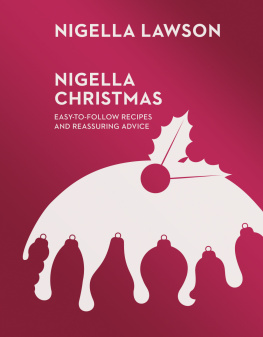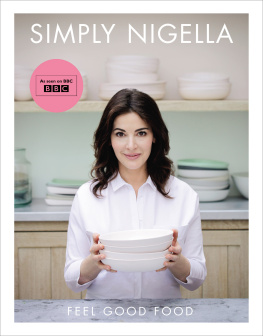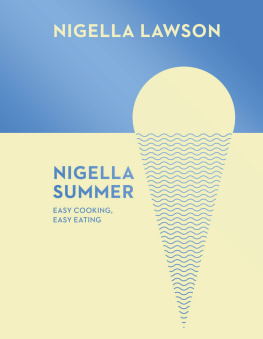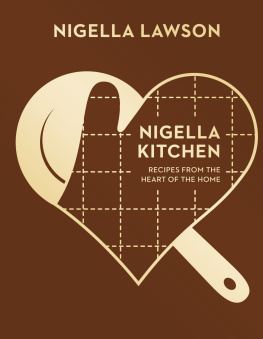@vintagebooks
penguin.co.uk/vintage
The Vintage Minis bring you the worlds greatest writers on the experiences that make us human. These stylish, entertaining little books explore the whole spectrum of life from birth to death, and everything in between. Which means theres something here for everyone, whatever your story.
| Desire | Haruki Murakami |
| Love | Jeanette Winterson |
| Babies | Anne Enright |
| Language | Xiaolu Guo |
| Motherhood | Helen Simpson |
| Fatherhood | Karl Ove Knausgaard |
| Summer | Laurie Lee |
| Jealousy | Marcel Proust |
| Sisters | Louisa May Alcott |
| Home | Salman Rushdie |
| Race | Toni Morrison |
| Liberty | Virginia Woolf |
| Swimming | Roger Deakin |
| Work | Joseph Heller |
| Depression | William Styron |
| Drinking | John Cheever |
| Eating | Nigella Lawson |
| Psychedelics | Aldous Huxley |
| Calm | Tim Parks |
| Death | Julian Barnes |
vintageminis.co.uk
This ebook is copyright material and must not be copied, reproduced, transferred, distributed, leased, licensed or publicly performed or used in any way except as specifically permitted in writing by the publishers, as allowed under the terms and conditions under which it was purchased or as strictly permitted by applicable copyright law. Any unauthorized distribution or use of this text may be a direct infringement of the authors and publishers rights and those responsible may be liable in law accordingly.
Epub ISBN: 9781473548497
Version 1.0
1 3 5 7 9 10 8 6 4 2
VINTAGE
20 Vauxhall Bridge Road,
London SW1V 2SA
Vintage Classics is part of the Penguin Random House group of companies whose addresses can be found at global.penguinrandomhouse.com.
Extracts from How To Eat copyright Nigella Lawson 1998
Extracts from Kitchen copyright Nigella Lawson 2010
Nigella Lawson has asserted her right to be identified as the author of this Work in accordance with the Copyright, Designs and Patents Act 1988
How To Eat was first published in Great Britain by Chatto & Windus in 1998
Kitchen was first published in Great Britain by Chatto & Windus in 2010
This edition published by Vintage in 2017
penguin.co.uk/vintage
A CIP catalogue record for this book is available from the British Library
Eating
NIGELLA LAWSON

Preface
COOKING IS NOT about just joining the dots, following one recipe slavishly and then moving on to the next. Its about developing an understanding of food, a sense of assurance in the kitchen, about the simple desire to make yourself something to eat. And in cooking, as in writing, you must please yourself to please others. Strangely it can take enormous confidence to trust your own palate, follow your own instincts. Without habit, which itself is just trial and error, this can be harder than following the most elaborate of recipes. But its what works, whats important.
There is a reason why this volume is called Eating rather than Cooking. Its a simple one: although its possible to love eating without being able to cook, I dont believe you can ever really cook unless you love eating. Such love, of course, is not something which can be taught, but it can be conveyed and maybe thats the point. In writing this book, I wanted to make food and my slavering passion for it the starting point; indeed for me it was the starting point. I have nothing to declare but my greed.
The French, whove lost something of their culinary confidence in recent years, remain solid on this front. Some years ago in France, in response to the gastronomic apathy and consequent lowering of standards nationally what is known as la crise Jack Lang, then Minister of Culture, initiated la semaine du got. He set up a body expressly to go into schools and other institutions not to teach anyone how to cook, but how to eat. This group might take with it a perfect baguette, an exquisite cheese, some local speciality cooked comme il faut, some fruit and vegetables grown properly and picked when ripe, in the belief that if the pupils, if people generally, tasted what was good, what was right, they would respect these traditions; by eating good food, they would want to cook it. And so the cycle continues.
I suppose you could say that we, over here, have had our own unofficial version of this. Our gastronomic awakening or however, and with whatever degree of irony, you want to describe it has been to a huge extent restaurant-led. It is, you might argue, by tasting food that we have become interested in cooking it. I do not necessarily disparage the influence of the restaurant: I spent twelve years as a restaurant critic, after all. But restaurant food and home food are not the same thing. Or, more accurately, eating in restaurants is not the same thing as eating at home. Which is not to say, of course, that you cant borrow from restaurant menus and adapt their chefs recipes and I do. This leads me to the other reason this book is about How to Eat.
I am not a chef. I am not even a trained or professional cook. My qualification is as an eater. I cook what I want to eat within limits. I have a job another job, that is, as an ordinary working journalist and two children, one of whom was born during the writing of this book. And during the books gestation, I would sometimes plan to cook some wonderful something or other, then work out a recipe, apply myself in anticipatory fantasy to it, write out the shopping list, plan the dinner and then find that when it came down to it I just didnt have the energy. Anything that was too hard, too fiddly, filled me with dread and panic or, even if attempted, didnt work or was unreasonably demanding, has not found its way in here. And the recipes I do include have all been cooked in what television people call Real Time: menus have been made with all their component parts, together; that way, I know whether the oven settings correspond, whether youll have enough hob space, how to make the timings work and how not to have a nervous breakdown about it. I wanted food that can be made and eaten in a real life, not in perfect, isolated laboratory conditions.


